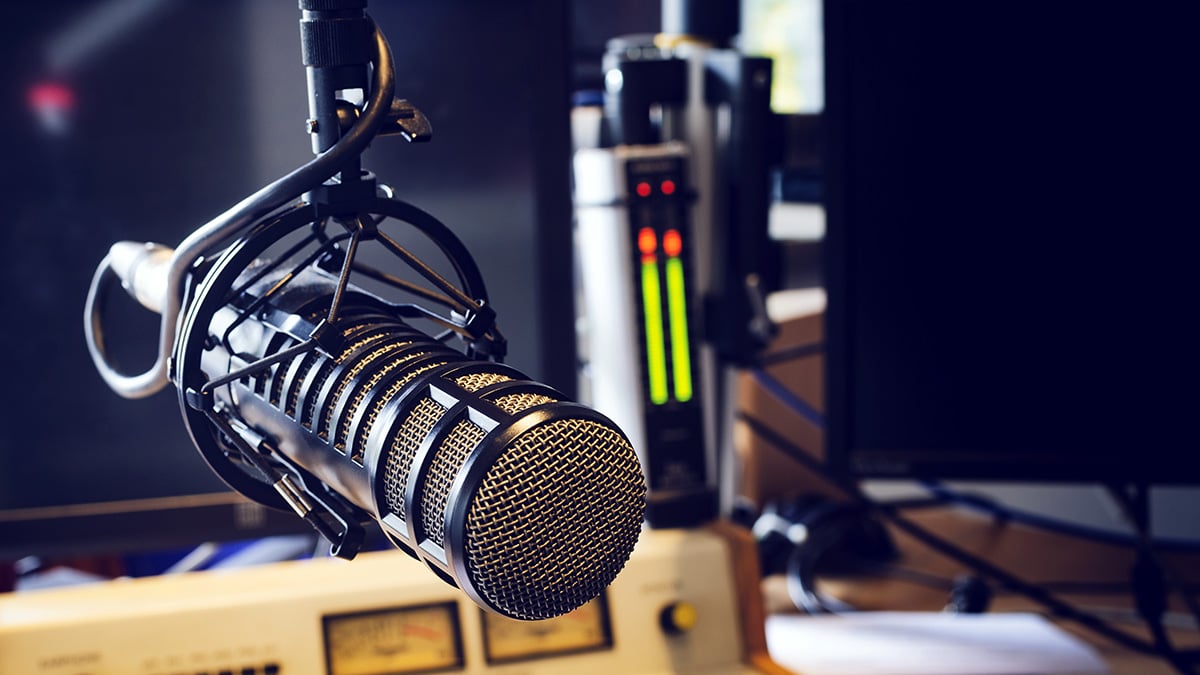3 Tips for Recording Vocals

We have written about vocals numerous times on our blog, discussing how to mix them like a pro and liven them up with interesting processing. But in an era when many producers are content to work with sampled vocals, the process of recording a great original vocal can sometimes get overlooked.
This skill is well worth investing in – even in electronic genres where sampling is commonplace, many labels are shying away from signing tracks with sampled vocal parts. No label wants to be in a position where they release a track with a prominent vocal, only for another label to release a track featuring the same vocal just weeks or months later.
In this article, we will walk through three tips that will help you to record polished vocal parts.
1. Consider How To Get The Best Out Of Your Singer
Recording a vocal isn't just a technical exercise. It is an artistic process and a 'man-management process. You must get your singer into the correct frame of mind to record the best vocal they can. Think about how you can make them more comfortable in your studio – the environment should be as welcoming as possible. Is there a way that they prefer to work?
Some singers like to sing the song from start to finish every time, whereas some like to go through section by section – recording verse one on a loop before moving to pre-chorus one and then chorus one, etc. Talk to your singer about this and figure out how they will perform best.
Try to structure your session in a way that plays to your vocalist's strengths. Some singers perform their best takes at the start of a session – in this case, start with the choruses, the most essential part of any song. As they tire, move on to the verses. Conversely, some singers need time to warm up – getting better over time.
In this case, maybe you should start with the verses before attacking the choruses when they are really hitting their stride. The better you know your singer, the easier it will be to figure all this out, so talk to them and try to gain an understanding of how they work and what makes them tick.
2. Reduce Reflections
Perhaps you don't have access to a vocal isolation booth, but even at home, you can create an almost reflection-free environment in which to record your vocalists. Reducing the room's sound in your vocal recordings is normally desirable, as you probably won't be recording in the best-sounding room.
A recording that is free of room reflections will allow you to retain more control of your vocal sound when mixing. You can buy a mic reflection filter to clip onto your mic stand for as little as €50, and this will massively reduce reflections coming from behind the mic. To try and minimize reflections coming into the front of the mic, you can stand your singer in front of a non-reflective surface.
A cheap, easy way to do this is to hang a duvet over a door and stand them in front of it. This simple setup can really step up your vocal recording quality.
3. Try Switching Up Mics
If you have access to more than one microphone, a quick and easy way to change the texture of your backing vocals is to record them through a different mic.
For example, if you have a nice condenser mic as your primary vocal mic, but you also have access to an SM-58 or another relatively cheap dynamic mic, you can try using this for backing vocals.
A vocal recorded through a different mic will possess a different frequency profile and will, therefore, naturally separate from your lead vocal.



Comments:
Sep 24, 2020
Login to comment on this post